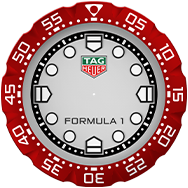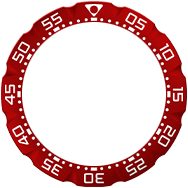



































Choose a country or region to view specific content for your location :
Collections

Explore TAG Heuer's smartwatches for men and women—each a masterpiece of technology crafted by our experts. Discover our iconic collections, limited editions, and racing-inspired models. Automatic, tourbillon, and quartz options also await your selection.
Authentic and
certified watches




